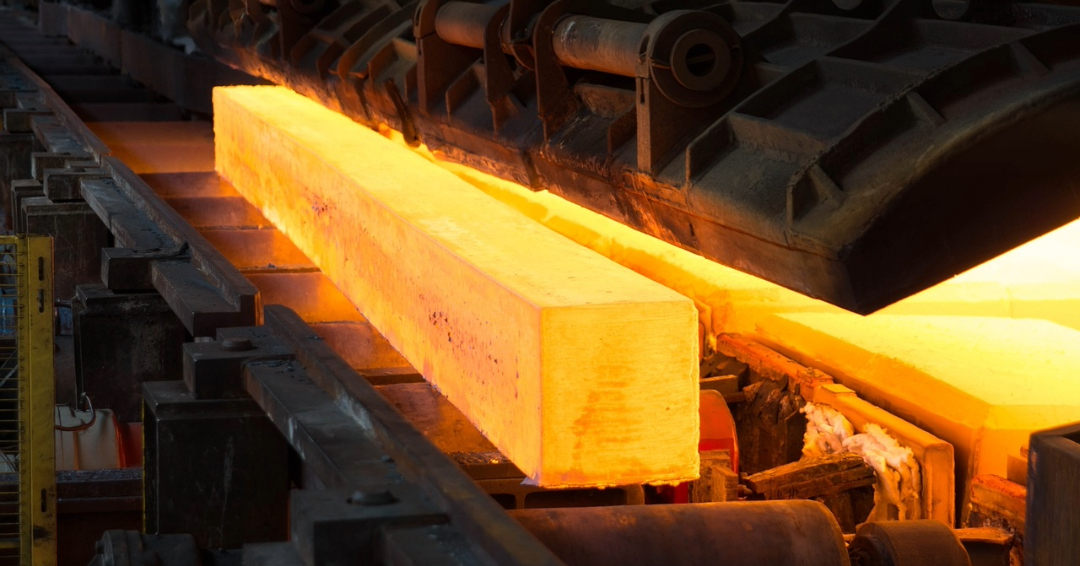The iron and steel industry contributes significantly to global emissions, representing 11% of carbon emissions and 7-9% of greenhouse emissions. Steel sector emissions have averaged around 3.7 billion tonnes of carbon dioxide (GtCO2) annually since 2019, surpassing the emissions from all the world's passenger cars.
But the industry is taking steps to become greener. A new report by Global Energy Monitor (GEM) reveals a significant shift in the steelmaking industry. Currently, 43% of planned steelmaking capacity is based on electric arc furnace (EAF) technology, while 57% relies on coal-based blast furnace-basic oxygen furnaces (BF-BOF). This is a notable change from the previous year when 33% of the capacity used EAF and 67% BF-BOF, indicating a pivotal shift towards EAF technology in the steel industry.
Despite the shift towards electric arc furnace (EAF) technology, the steel industry is still not meeting the requirements to limit global warming to 1.5°C. According to the International Energy Agency (IEA) Net Zero by 2050 scenario, 53% of steelmaking capacity should be EAF by 2050. Additionally, the IEA scenario calls for a reduction in coal-based steelmaking capacity, aiming to retire or cancel 347 million tonnes (Mt) of it.
Carbon capture utilization and storage (CCUS) could be an important solution in the transition of the steel industry, but there is need for caution. Relying heavily on CCUS could lead steelmakers to continue carbon-intensive production, but it cannot serve as a complete decarbonization solution for the industry.
Moreover, the steel industry faces the major problem of overcapacity, with global capacity exceeding demand by 26% (632 million tonnes) in 2022, as reported by the OECD. This overcapacity is primarily caused by government subsidies and support measures that keep inefficient steel producers operational. Eliminating these subsidies could create a healthier steel market, benefiting the industry overall.
The majority of steelmaking capacity development is happening in Asia, with 75% of projects located on the continent. China and India together account for 55% of these projects and nearly all planned new blast furnace-basic oxygen furnace (BF-BOF) developments are in these two countries. Although China currently has 49% of operating BF-BOF capacity compared to India's 5%, India is rapidly catching up. India is also the world's largest developer of new coal-based BF-BOF capacity. There are also questions about whether China is moving quickly enough to decarbonize its steel sector, despite a shift toward electric arc furnace (EAF) technology.
How can the industry be convinced to become greener? There's a need for stronger incentives to transition to lower-carbon technologies. Addressing the cost of these technologies through policy support and creating market demand for green steel is crucial. This can be done through measures like carbon accounting, product certifications, and standards to differentiate green steel from higher-emission methods. Major industries, like the automotive sector, committing to using green steel can provide a strong signal for the transition. Companies like Iberdrola, Siemens Gamesa, Vattenfall, and Volvo have joined the SteelZero initiative, pledging to purchase 100% net-zero steel.
Source: Carbon Brief

